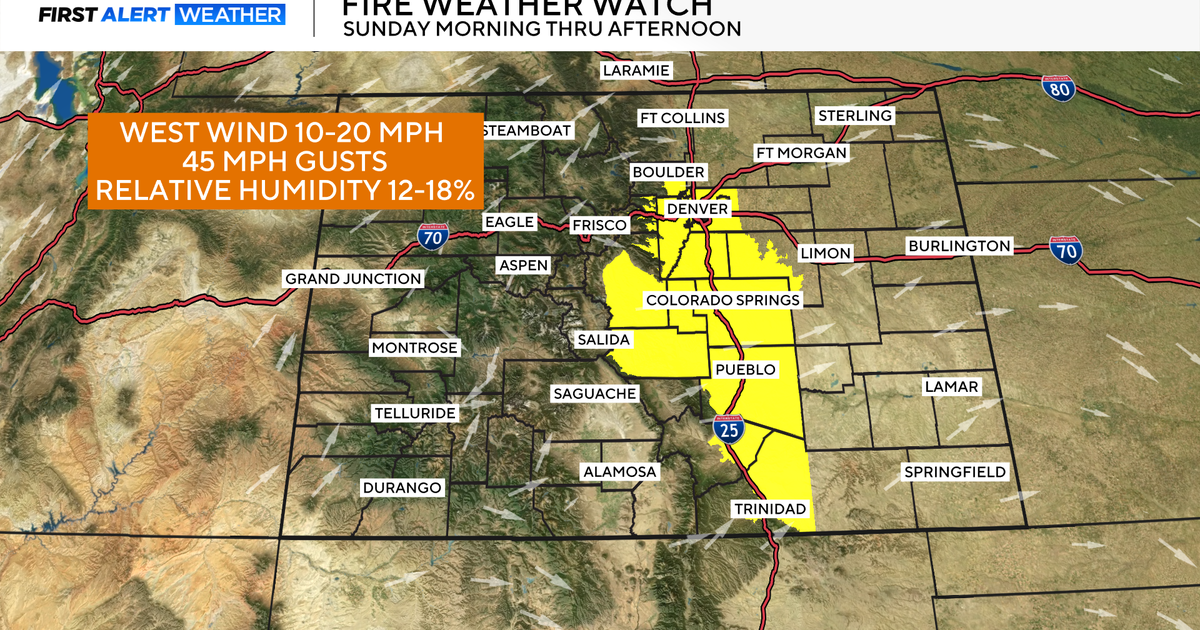Science of Weather: Atmospheric Layers
There are five major layers in the Atmosphere. Each one of the layers has unique details.
Starting from the earth's surface and working our way high up in the atmosphere, we have the Troposphere, Stratosphere, Mesosphere, Thermosphere, and Exosphere. The troposphere is the lowest layer going from the earth's surface to about 4 miles to about 12 miles up in height. Note, that the height varies depending on location. This layer of the atmosphere is where we live and where most of our weather happens. Almost all clouds can be found here. Notice, I said almost... other types of clouds can still be found in other layers of the atmosphere. For instance, cumulonimbus clouds, the thunderstorm cloud, can have overshooting tops in the lowest parts of the stratosphere.
So, let's talk about the stratosphere. This layer is from the top of the troposphere, we'll say around seven miles to 31 miles. This is more known as the ozone layer, and this is the highest point that jet planes can fly. Thirty-one miles to nearly 50 miles high above the surface is the mesosphere. This is where most meteors burn up, and this layer also has the coldest temperatures.
Now we've talked about the international space station before, that space station orbits in the thermosphere. This is from 50 miles to about 400 miles above the earth's surface and the spectacular northern lights, also called aurora borealis, can sometimes be seen here, plus in the lowest sections of the fifth major atmospheric layer, the Exosphere. The exosphere is located between about 400 miles to 6,200 miles above the earth's surface. This is where most satellites orbit.
Now that's the Science of Weather, I'm Meteorologist Kylee Miller.








